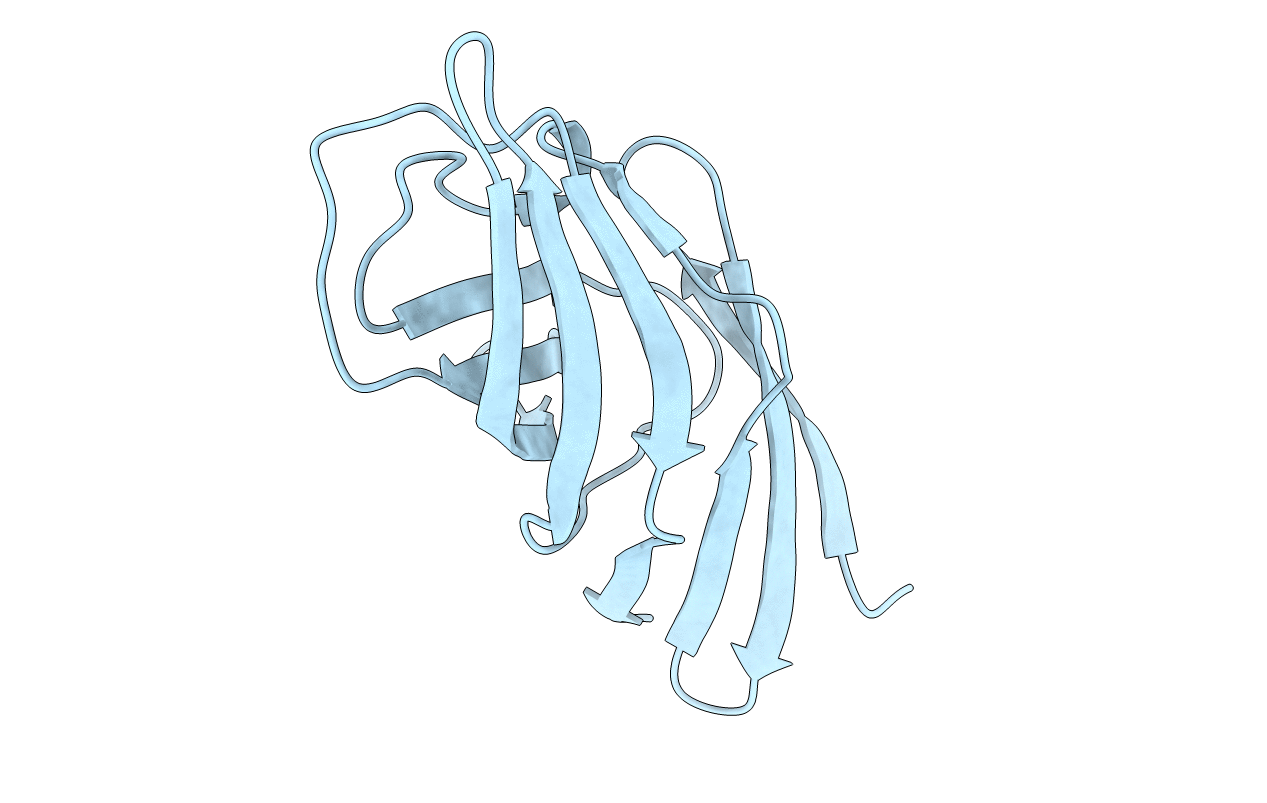
Deposition Date
2015-10-23
Release Date
2016-06-29
Last Version Date
2024-05-08
Entry Detail
PDB ID:
5FLD
Keywords:
Title:
Crystal structure of raptor adenovirus 1 fibre head, beta-hairpin deleted form
Biological Source:
Source Organism:
RAPTOR ADENOVIRUS A (Taxon ID: 691961)
Host Organism:
Method Details:
Experimental Method:
Resolution:
1.70 Å
R-Value Free:
0.19
R-Value Work:
0.17
R-Value Observed:
0.17
Space Group:
P 21 3


